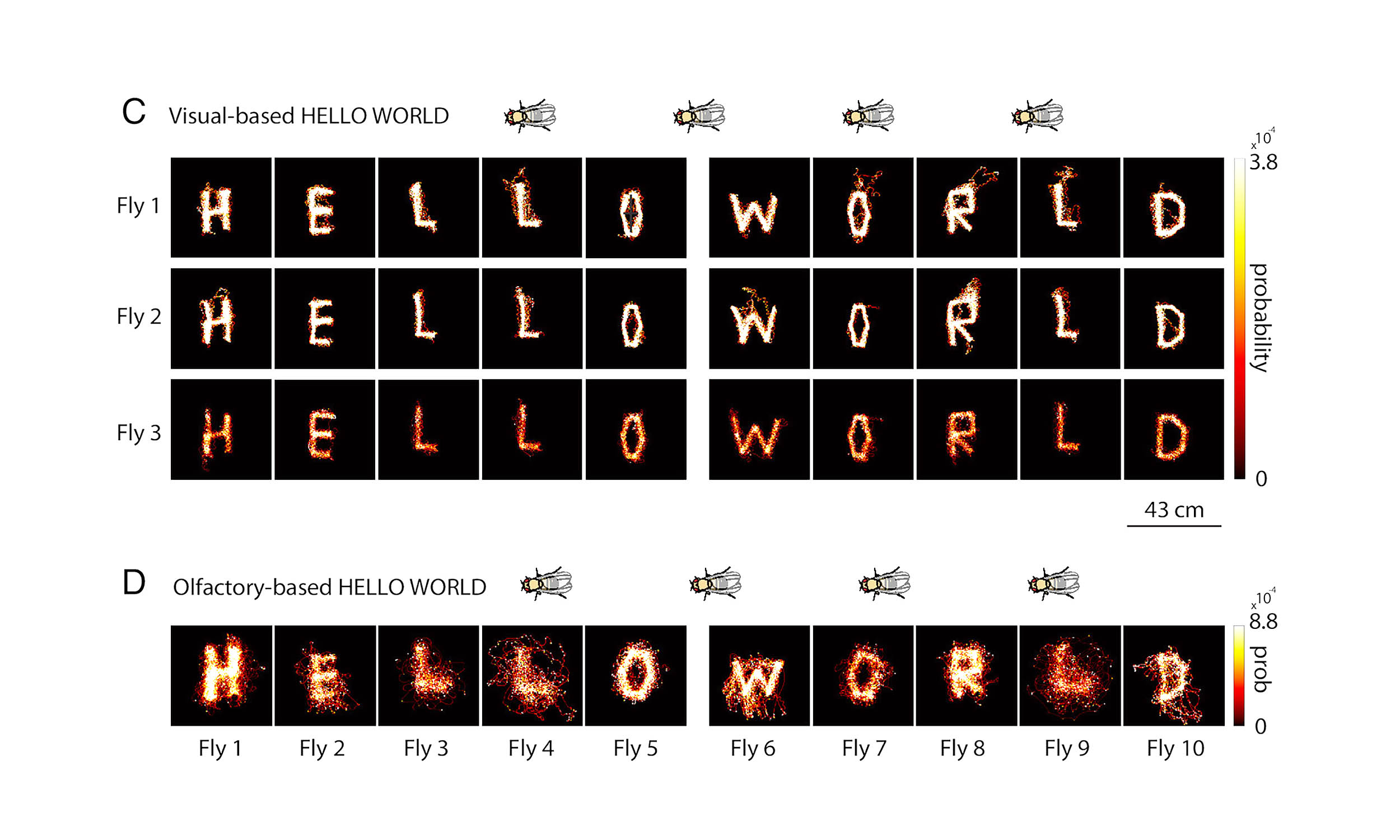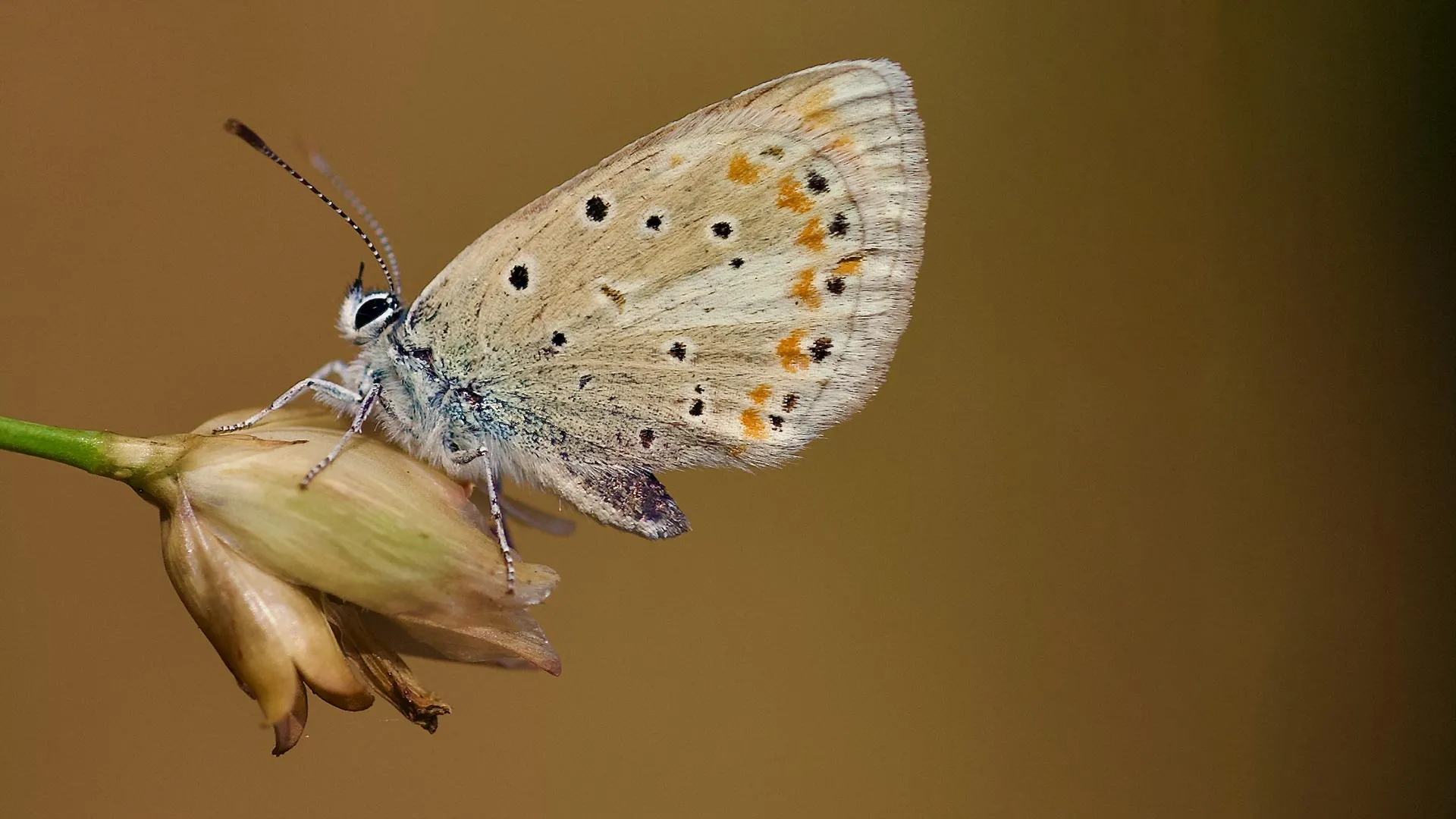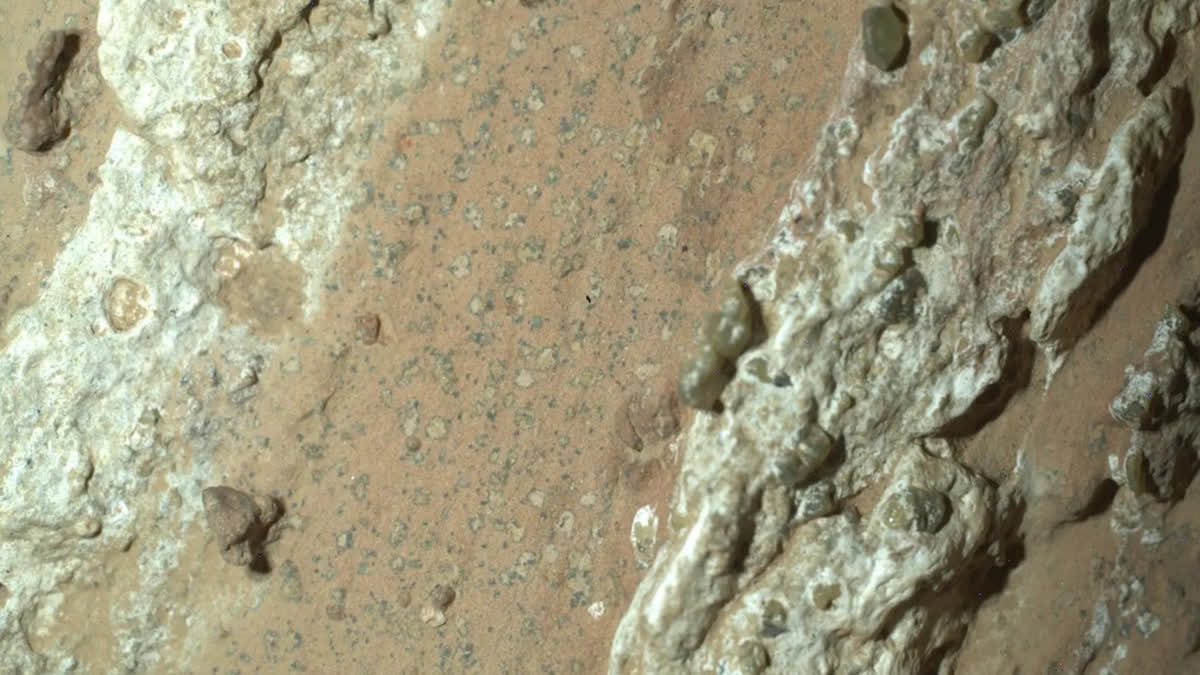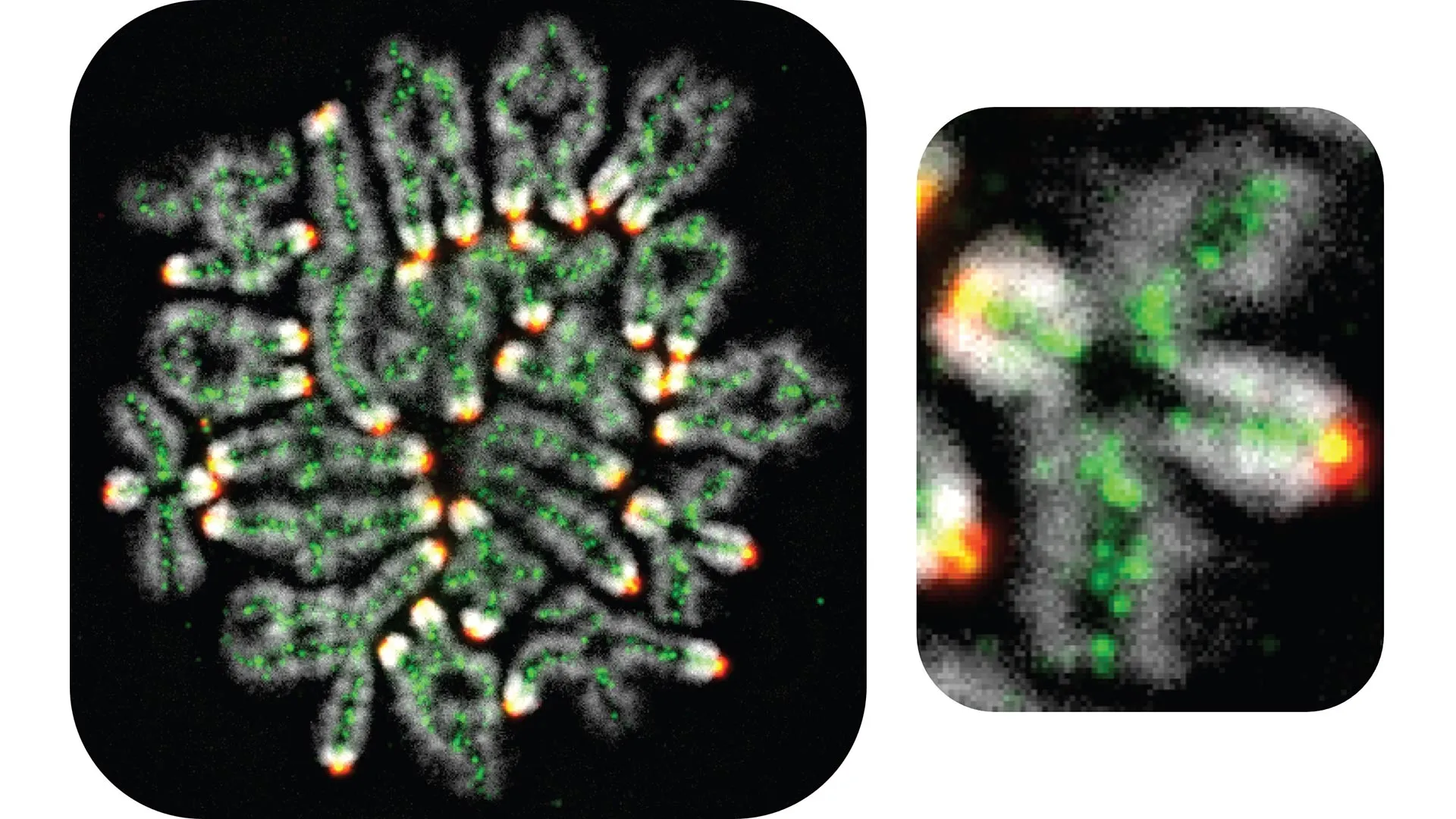Could Fruit Flies Be the Future of Microrobots? Shocking Research Reveals Incredible Potential!

Imagine a world where tiny flying robots are actually real, and they look just like the common fruit fly! Researchers at Harvard’s Rowland Institute have done the impossible: they’ve learned to steer these delicate insects as if they were remote-controlled microrobots. This groundbreaking study has revealed that while our tech often falls short, nature has already perfected it within a 2.5-millimeter body!
Lead author Kenichi Iwasaki and his team have tapped into the innate abilities of Drosophila melanogaster, demonstrating their potential to navigate along specific routes, change direction on command, and even create beautiful patterns like “HELLO WORLD” on a surface. Talk about a buzz!
The key to steering these flies is rooted in their natural behaviors. The researchers used the fly's optomotor response, a reflex that helps stabilize moving patterns on their retina. By projecting a rotating blue and black pinwheel, they successfully guided the flies with a jaw-dropping 94% accuracy through a five-inch corridor.
But that’s not all! They also employed optogenetics, a technique that allows scientists to control cells with light. By implanting light-sensitive channels in the flies’ antennae, they created an olfactory illusion, mimicking the scent of odors to pull the flies toward targets with a remarkable 95% effectiveness after a brief neural adjustment.
One antenna was covered in a blue-blocking dye, while its counterpart had a red one, forming a simple two-bit control channel. It’s incredible to think that the flies provide their own muscle power, allowing the researchers to minimize external hardware to just an overhead projector, a camera, and a compact computer!
When it came to performance, flies guided by light sped through a 13-inch track four times faster than their untreated friends and stayed on course. This efficiency held steady for hours without needing food, suggesting that steering the flies taps into instinctual reflexes rather than learned behaviors.
After mastering simple pathways, the researchers expanded their ambitions. They linked 31 checkpoints to guide a single fly to trace out the phrase “HELLO WORLD” in under seventeen minutes. In another experiment, three flies worked independently as “pens,” each completing parts of the phrase with remarkable precision.
It gets even better! In additional tests, a single milligram fly was able to carry an extra milligram of brass over 600 times, proving that size does not equal weakness. When challenged with a maze, the flies deftly navigated even when direct lines of sight were blocked.
So why does this matter? Conventional microrobots often falter in the real world, hampered by dust and humidity. In contrast, these living flies come equipped with evolution-honed navigation skills and multi-sensory inputs that far surpass current technology!
Imagine swarms of these “biobots” sniffing out dangerous leaks, mapping disaster zones, or even pollinating crops without the environmental toll of electronic devices. As Sasha Rayshubskiy from Harvard puts it, these fruit flies are designed to thrive in unpredictable environments, making them perfect for these tasks.
Future aspirations look promising! Researchers envision tiny solar-powered backpacks guiding flies, enabling them to operate autonomously without human intervention. Their goal is to create swarms that can efficiently cover large areas, sharing information and navigating using basic social behavior.
However, hurdles remain. Engineers need to miniaturize their guidance systems and ensure that these biologically-enhanced insects can still perform essential behaviors. Ethical questions arise about how much control we should exert over these sentient beings.
Nevertheless, the Harvard team argues that their methods respect the flies' natural reflexes, likening their guidance to simply turning up the volume on a familiar song rather than rewriting it completely.
With costs as low as pennies to rear and a quick training period, imagine thousands of these micro-missiles buzzing around, working together to detect pollutants or track environmental changes in real-time.
This research opens exciting avenues for future technologies and applications, potentially revolutionizing how we perceive and utilize living organisms in our quest for advanced robotics.
The full study is published in the Proceedings of the National Academy of Sciences, marking a significant step forward in the field of biobots and microrobotics.





























